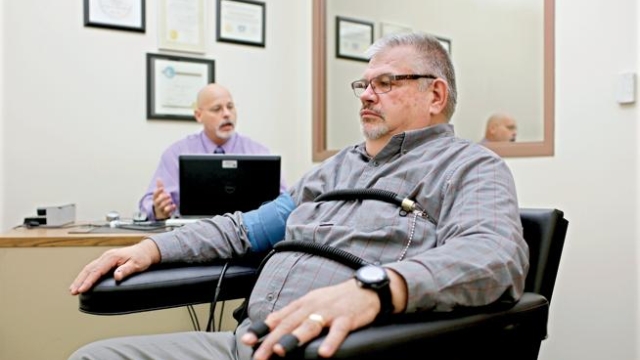
In a world filled with uncertainties and mysteries, the quest for truth remains a constant challenge. One tool that has garnered both fascination and skepticism is the lie detector test. Also known as a polygraph test, this powerful technology has been employed for decades in various fields ranging from law enforcement to employment screening, stirring debates about its reliability and ethical implications.
At its core, the lie detector test aims to unearth the fundamental truths hidden within a person’s responses through physiological indicators such as heart rate, blood pressure, and skin conductance. The idea that our bodies betray us when we lie forms the basis of this psychological examination, where the intricate interplay between science and human behavior takes center stage. It stands as a testament to our ceaseless pursuit of uncovering deception and seeking transparency in an ever-evolving world.
Polygraph
History of Lie Detector Tests
In the early 20th century, the concept of detecting deception through physiological responses gained traction. The first significant breakthrough came in 1921 when John Augustus Larson, a prominent police officer and physiologist, developed the precursor to the modern polygraph machine. Larson’s innovative device measured changes in blood pressure and heart rate to determine deception.
Building on Larson’s work, Leonard Keeler further refined the polygraph in 1938 by incorporating galvanic skin response measurements. This enhancement allowed for a more comprehensive analysis of physiological indicators of lying. The Keeler polygraph became widely used in law enforcement and government agencies, marking a milestone in the evolution of lie detection technology.
Over the years, advancements in technology and increased understanding of human physiology have continued to improve the accuracy and reliability of lie detector tests. Today, polygraph examinations are utilized in various fields, including criminal investigations, pre-employment screenings, and national security protocols, highlighting the enduring significance of this investigative tool in uncovering the truth.
How Lie Detector Tests Work
Lie detector tests, also known as polygraph tests, operate based on the premise that physiological indicators like heart rate, blood pressure, respiratory rate, and skin conductivity can reflect a person’s stress levels and potential deception.
During a typical lie detector test, the individual being examined is connected to various sensors that monitor these physiological responses while they are asked a series of questions. The examiner interprets the data to determine patterns that may indicate deception.
While lie detector tests are not foolproof and can be influenced by factors such as anxiety or discomfort, they are still commonly used in certain scenarios like criminal investigations and pre-employment screenings to assess a person’s truthfulness.
Accuracy and Controversies
Lie detector tests have long been a topic of debate due to concerns surrounding their accuracy. Critics argue that the results of polygraph examinations may be influenced by various factors, such as the demeanor of the individual being tested, leading to potential inaccuracies. Despite advancements in technology, doubts persist regarding the reliability of lie detector tests in determining truthfulness.
Proponents of lie detector tests point to the supposed scientific basis of the examinations, highlighting the physiological responses measured during the process. Supporters argue that these tests can provide valuable insights into a person’s honesty by detecting changes in heart rate, blood pressure, and perspiration levels. However, skeptics caution that these physical reactions may not always equate to deception and can be influenced by other emotional or psychological factors.
The use of lie detector tests in legal proceedings has sparked controversy, with concerns over the impact of the results on the outcome of cases. While some jurisdictions allow polygraph evidence in court, others are more skeptical of its validity and admissibility. The ongoing debate surrounding the accuracy and credibility of lie detector tests highlights the complex nature of utilizing such technology in a variety of settings.



